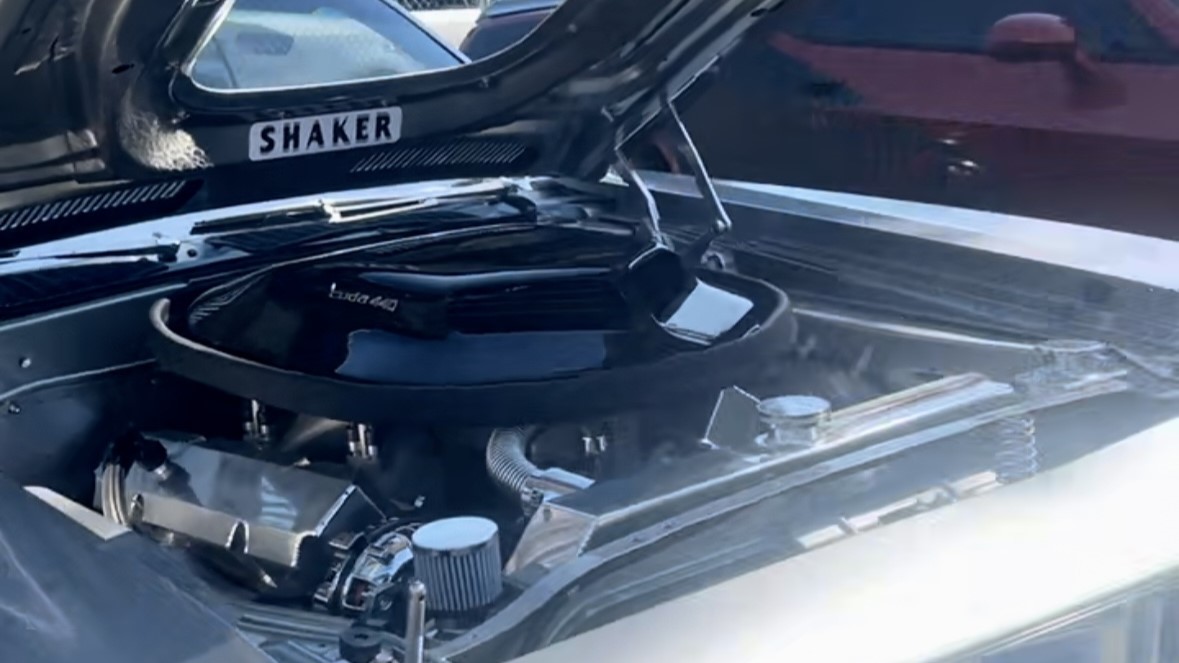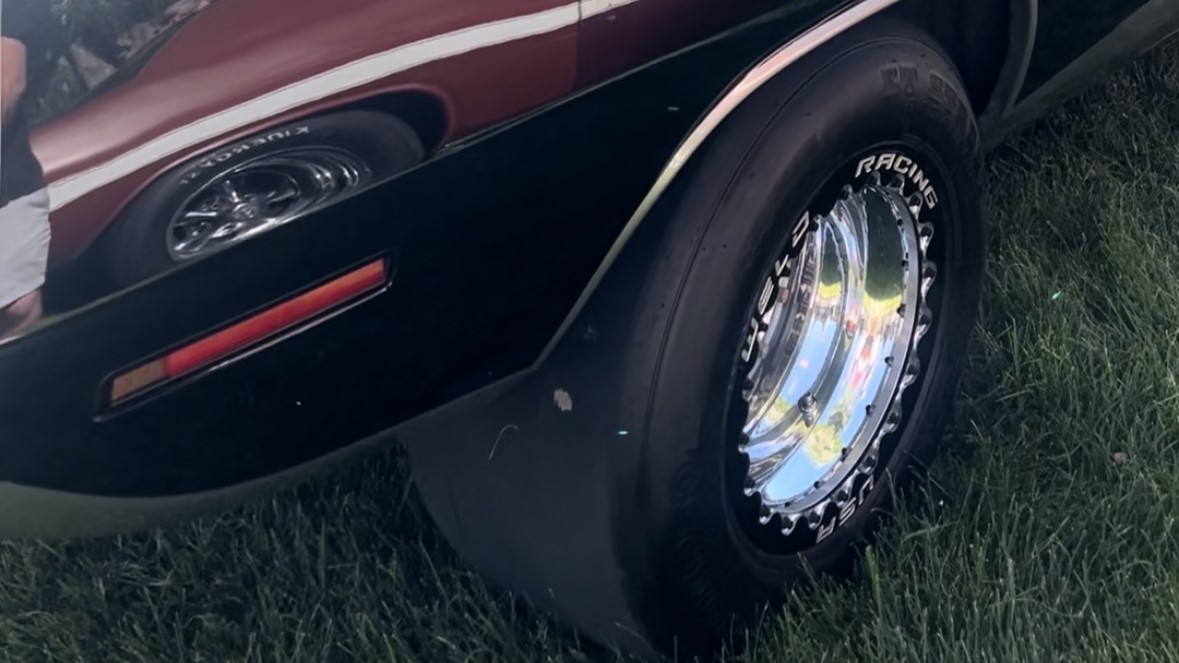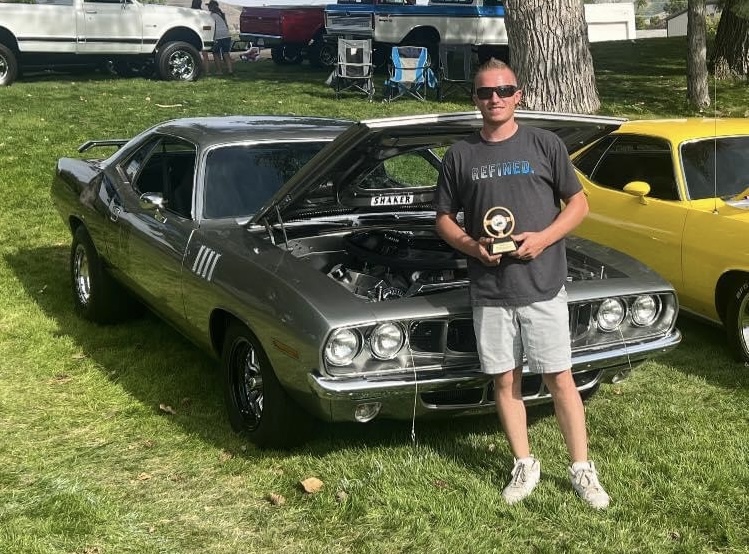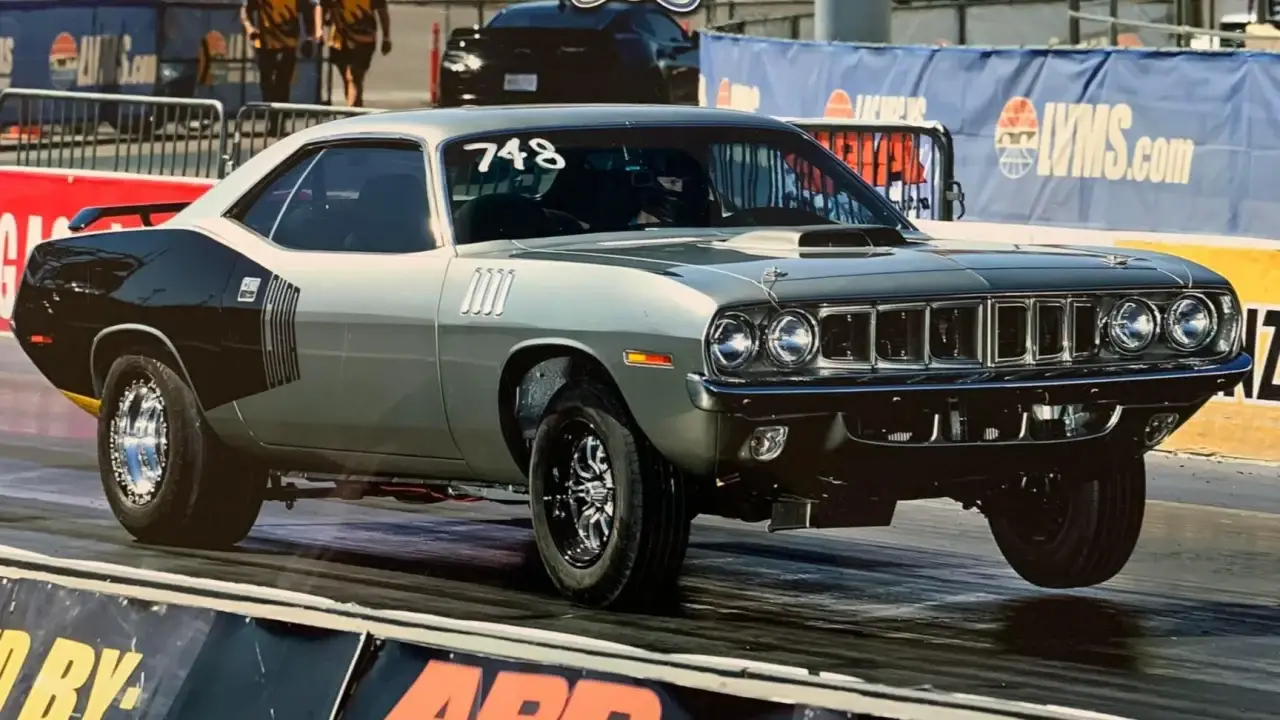One of my family’s longstanding summer traditions is to attend the Cache Valley Cruise-In in Logan, Utah. The car show and its accompanying parade take place around the Fourth of July and attract hundreds of cars and thousands of spectators to the area. One Mopar in particular caught my mom’s eye, and she took it upon herself to get some information from its proud owner. Thanks, mom!
Jayden Hawker of Wellsville, Utah, is a visionary young man. On his 15th birthday in 2014, he and his dad picked up “half a car.” At least, that’s how Jay described it. The project vehicle in question was a 1971 Plymouth Barracuda that was missing the engine, fenders, grille, and hood. It had been involved in a front-end collision, but luckily it came with a donor car that supplied the missing parts.

That’s where Jay started down a decade-long, but very calculated, path of putting the Plymouth back on the road. Jay was no stranger to muscle cars, and from a young age he had helped around the shop with auto repair projects. He did most of the mechanical and body work himself. “I learned the basics from my dad,” he said.


The first order of business was getting the front clip installed, replacing the roof and floor pans, and installing a 440ci V8 to make the car roadworthy. For a good length of time after that, the car drove Jay to high school and back with multi-colored exterior panels.
Barracuda Model Backstory
The Barracuda (or ‘Cuda) was a two-door produced between 1964 and 1974. During that span, it evolved through three different generations. Jay’s car is a third gen, and its E-body platform was offered in coupe, hardtop, and convertible variants. Although that basic architecture was shared with the Dodge Challenger, the two Mopar siblings shared little to no exterior sheetmetal.
A YouTube video discusses some of the changes that appeared for 1971. Among them was the introduction of quad headlights (a one-year-only feature). The Barracuda was discontinued after 1974 and has since fallen 50 years into automotive history, but luckily there are people like Jay keeping the passion alive.
Custom Touches
The most eye-catching thing about Jay’s ‘Cuda is its two-tone silver metallic and black paint job. For the CUDA lettering on the doors, he used a stencil to get the placement perfect. Mickey Thompson ET Street drag radials provide traction at the rear, and the Weld Racing aluminum wheels complete the footwork.


Interior wise, when Jay was pricing out the expense of restoring the original dash, it ended up being more cost-effective to just swap in something completely different. The dash and center console are out of a 2018 Dodge Challenger Hellcat, and the bucket seats are out of a Dodge Neon SRT-4. I think it’s admirable that he’s kept the whole car Mopar-themed despite being assembled from multiple vehicles.
Powertrain
The heart of Jay’s muscle car is a 440cid big block that has been stroked to 518 cubic inches. Performance upgrades include an Eagle stroker rotating assembly, Indy 440-2 heads with Max Wedge porting, a Comp cam, Holley fuel injection, and TTi coated headers.
Handling power delivery is a four-speed manual transmission which replaced the TorqueFlite 727 automatic that was in the car when he acquired it. The ‘Cuda is street-legal but can run a 10-second quarter mile on command, Jay says.

Key Takeaways
It is inspirational to see the next generation of automotive enthusiasts carrying the torch like Jay is. I’m glad my mom was able to connect with him for some Q&A, and hopefully we can keep tabs on the future of his ever evolving (and very quick) ‘Cuda.
Do you have a similar family story about a long-haul build? We’d love to hear about it in the comments!

Comments are closed